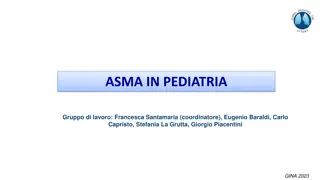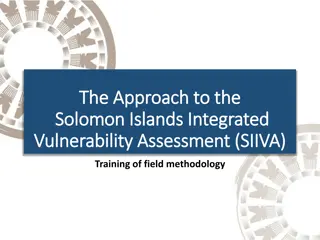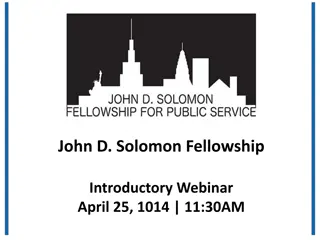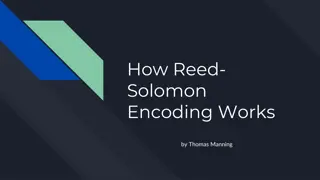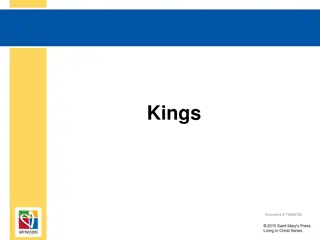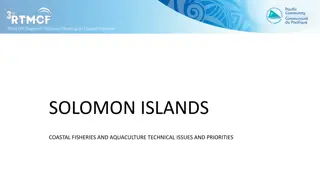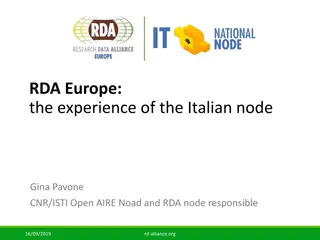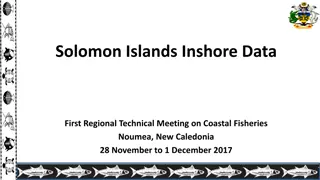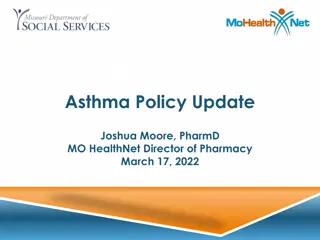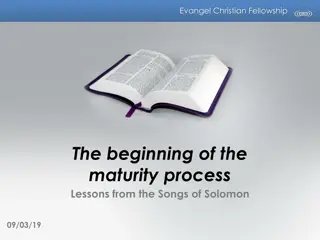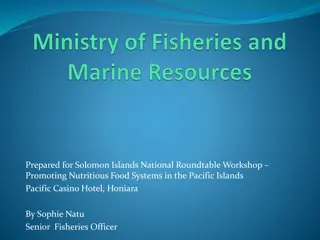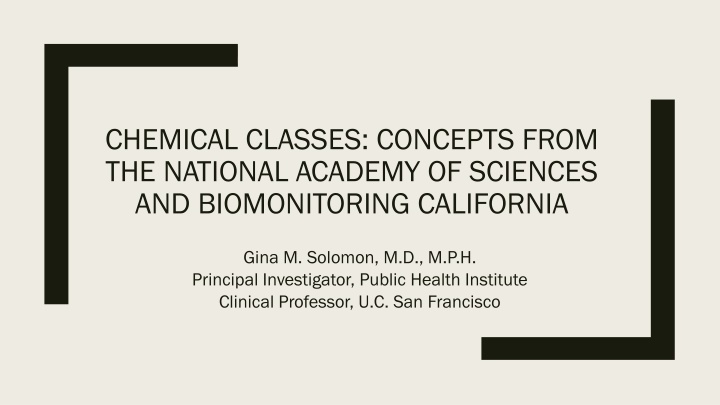
Chemical Classes and Hazard Assessment Recommendations
Explore the insights from the National Academy of Sciences on chemical classes and biomonitoring in California, highlighting the need for a new approach to risk assessment. Discover the committee's findings on evaluating chemicals, the importance of a class approach, defining sub-classes strategically, and grouping based on biologic activity.
Uploaded on | 0 Views
Download Presentation

Please find below an Image/Link to download the presentation.
The content on the website is provided AS IS for your information and personal use only. It may not be sold, licensed, or shared on other websites without obtaining consent from the author. If you encounter any issues during the download, it is possible that the publisher has removed the file from their server.
You are allowed to download the files provided on this website for personal or commercial use, subject to the condition that they are used lawfully. All files are the property of their respective owners.
The content on the website is provided AS IS for your information and personal use only. It may not be sold, licensed, or shared on other websites without obtaining consent from the author.
E N D
Presentation Transcript
CHEMICAL CLASSES: CONCEPTS FROM THE NATIONAL ACADEMY OF SCIENCES AND BIOMONITORING CALIFORNIA Gina M. Solomon, M.D., M.P.H. Principal Investigator, Public Health Institute Clinical Professor, U.C. San Francisco
National Academy of Sciences on Chemical Classes Released in June 2019 Committee formed at the request of the Consumer Product Safety Commission (CPSC) Triggered by an NGO petition
Committee Findings Evaluating one chemical at a time has problems: 1. Chemicals with insufficient data are often considered not hazardous 2. Untested chemicals are often substituted for known hazardous chemicals 3. Cumulative exposure and risk are often ignored Ultimately, the sheer number of chemicals in use today demands a new approach to risk assessment. The report emphasizes that these findings are consistent with multiple prior NAS reports:
A Class Approach The committee concluded that a science-based class approach does not necessarily require one to evaluate a large chemical group as a single entity for hazard assessment an approach that divides a large group into an approach that divides a large group into smaller units (or subclasses) is still a class approach. smaller units (or subclasses) is still a class approach. Report p. 8
Strategy for Defining Sub-Classes The Committee .concluded that the best approach is to define subclasses as broadly as is feasible for the analysis; defining subclasses too narrowly could defeat the purpose of a class too narrowly could defeat the purpose of a class approach to hazard assessment approach to hazard assessment. defining subclasses Report p. 2
Define Sub-Classes Grouped the OFR inventory on the basis of predicted biologic activity (such as GABA receptors, aromatase activity, and ER/AR modulators); 8 biology-informed categories identified. Merged structural and biological information. 14 biological/structural subclasses, containing 4-22 members. Some chemicals in more than one class. Major top-level chemotypes present in the OFR seed set
Two Case Studies Polyhalogenated bisphenol aliphatics Polyhalogenated organophosphates (OPs)
Case Studies Performed literature search and data extraction, including traditional toxicology, Zebrafish data; ToxCast/Tox21 data. Focused on developmental toxicity and thyroid homeostasis. Evaluated and integrated data. Result: The available data are too heterogeneous or inconsistent on biologic activity. Conclusion: Discordant data Discordant data.
What to Do if Discordant? Option 1: Make a policy decision, for example, to extend the most conservative conclusion regarding hazard to the subclass. Option 2: Reclassify members to improve their biologic similarity; generate data to increase confidence that reclassification has resulted in biologically similar members. Option 3: Perform analyses to explain the discordance and allow the assessment to move forward. Option 4: Generate new data that could increase clarity and the scientific basis for a decision.
Biomonitoring California California s Environmental Contaminant Biomonitoring Program developed a process for defining chemical classes that combined structure and functional use (Krowech et al. 2016). That approach was adopted by the California Safer Consumer Products Program (DTSC 2013)
Conclusions 1. A class approach to chemicals is scientifically justifiable in all decision contexts, but the approach to forming classes may differ. 2. In a risk assessment context, classes should be based on a combination of chemistry and predicted biology. 3. If the available data are relatively concordant, it is scientifically justifiable to extrapolate to class members that do not have data. 4. Predictive toxicology can be useful for establishing classes and supporting extrapolations across classes. 5. Discordant data within classes is a challenge that will require additional investigation.


